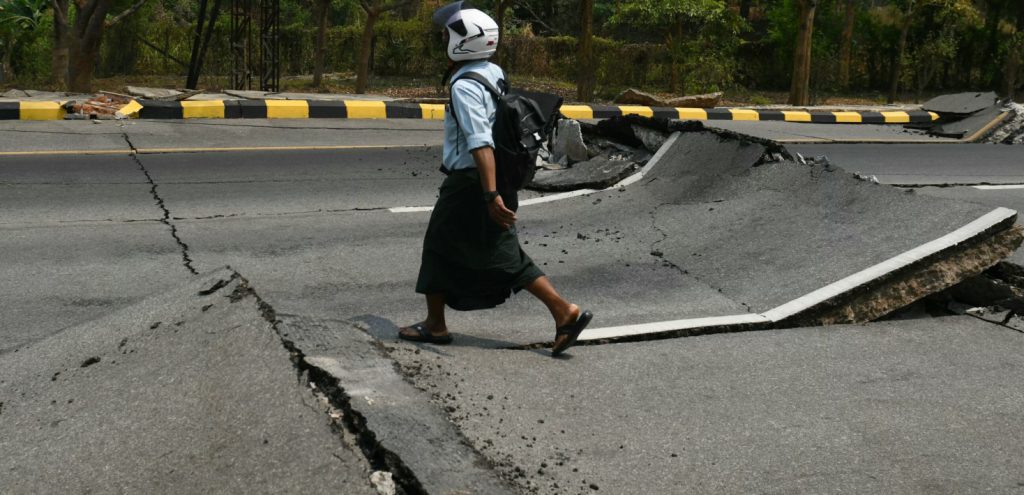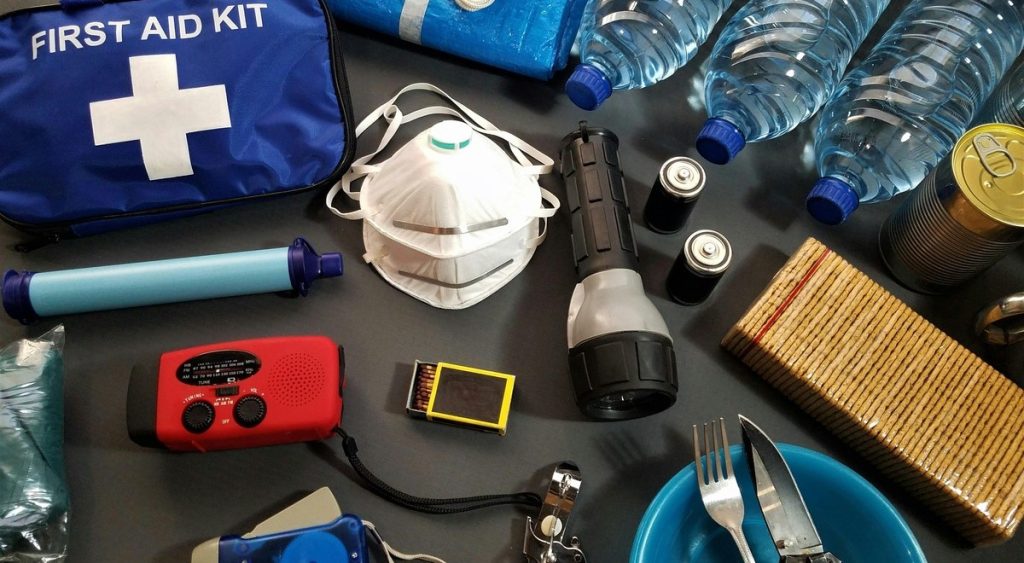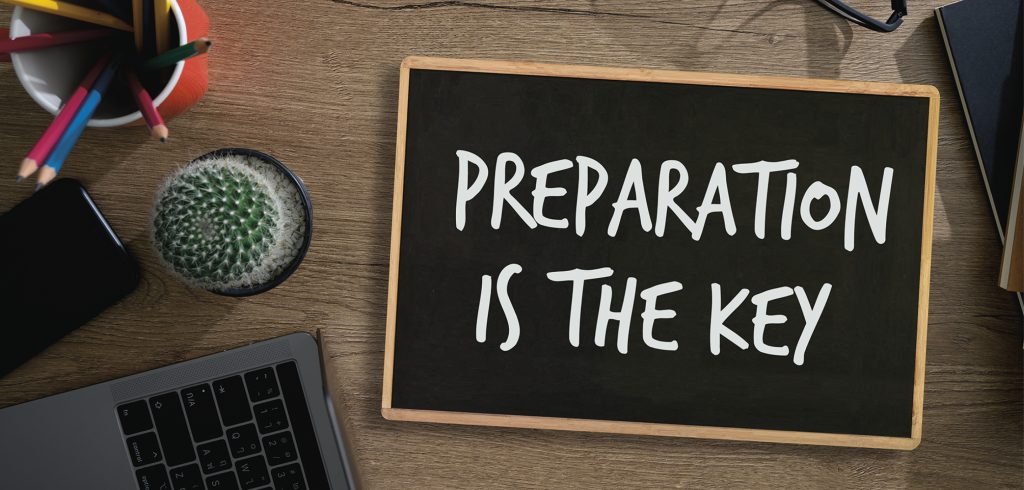Would You Survive 72 Hours in a Crisis? The EU Thinks You Should Be Ready
A Wake-Up Call: The EU’s Recommendation for a 72-Hour Survival Kit

On March 26, 2025, the European Union launched its Preparedness Union Strategy, urging citizens to prepare a 72-hour emergency kit. The goal is to boost resilience across member states by encouraging households to stock essential supplies for at least three days—not out of fear, but to foster a culture of readiness.
Inspired by countries like Norway, Sweden, and Switzerland, this move marks a shift toward shared responsibility in crisis management. Rather than relying solely on governments, the strategy emphasizes individual preparedness as key to societal resilience, aiming to ease pressure on emergency services during the early stages of a crisis.
The timing reflects the EU’s proactive stance amid growing global instability, signaling a long-term commitment to preparedness rather than a reaction to an immediate threat.
Why the Urgency? Understanding the EU’s Preparedness Push

The EU’s call for preparedness stems from a realistic view of today’s evolving risks. Geopolitical tensions, including the war in Ukraine, raise concerns about security threats, while climate change brings more frequent natural disasters. Additionally, cyberattacks threaten critical infrastructure, and recent pandemics have shown the importance of personal readiness during supply disruptions.
The Preparedness Union Strategy addresses these complex, interconnected risks by promoting a culture of calm, proactive planning. Drawing on past lessons like the COVID-19 panic buying, the EU aims to shift from reactive to resilient responses, encouraging citizens to think broadly and prepare for a range of emergencies.
Your Essential 72-Hour Emergency Kit: The EU’s Recommendations

So, what exactly should you include in your 72-hour emergency kit? While specific recommendations may vary slightly, the EU and other emergency preparedness organizations offer a consistent set of essential items. Here’s a breakdown of the main categories:
Water: This is paramount. Aim for at least 3 liters of water per person per day, totaling a minimum three-day supply. For one person, that’s 6 liters. Consider water purification tablets or a portable filter as a backup.
Food: Stock non-perishable, easy-to-eat food that requires no cooking and has a long shelf life. Think canned goods, energy bars, ready meals, dried fruits, and nuts. If you have canned food, don’t forget a manual can opener.
First Aid: A well-stocked first aid kit is crucial for treating minor injuries. Include bandages, antiseptic wipes, pain relievers, and any personal prescription medications.
Documents and Cash: Keep copies of important documents like identification, medical records, and insurance information in a waterproof bag. It’s also wise to have some cash on hand, as electronic payment systems may not be operational.
Tools and Equipment: A flashlight and spare batteries are essential for navigating in the dark. A battery-powered or hand-crank radio will help you stay informed about emergency updates. A multipurpose pocket knife or Swiss Army knife can be incredibly useful. Don’t forget waterproof matches or a lighter in a waterproof container and a whistle to signal for help.
Hygiene and Sanitation: Include personal hygiene items like soap, a toothbrush, toothpaste, and sanitary products, as well as wet wipes and toilet paper.
Other Essentials: Consider a mobile phone charger or power bank, a thermal emergency blanket, extra clothing appropriate for the climate, a dust mask, local maps, and a wrench or pliers to turn off utilities if necessary. If you have infants or pets, remember to include their specific needs, such as formula, diapers, pet food, and water. For some comfort during stressful times, you might also include playing cards or other small entertainment items.
The consistency of recommendations across various sources underscores the importance of these items for basic sustenance in the initial aftermath of an emergency. The EU’s advice aligns closely with lists from FEMA and other preparedness agencies, further validating this list as a core set of essentials for 72-hour self-sufficiency.
More Than Just Supplies: Why a 72-Hour Kit Matters

A 72-hour emergency kit is more than just supplies—it’s about resilience and readiness. It fosters self-reliance when immediate help may not be available, offering security and reducing anxiety in uncertain times. Such a kit bridges the gap until responders arrive, often making a critical difference in survival.
Preparedness brings peace of mind, allowing you to focus on safety rather than scrambling for essentials. The 72-hour window is key, as most crises stabilize within that time, making early self-sufficiency vital. Framing this preparation as a civic responsibility also encourages broader community participation, enhancing overall resilience.
The Ideal Carry Solution: Introducing the Waterfly Shaolin Kung Fu Sport Bag

Once you know what to pack in a 72-hour emergency kit, you’ll need a reliable bag, and the Waterfly Shaolin Kung Fu Sport Backpack is built for the job. Inspired by Shaolin’s resilience, it features eco-friendly, water-resistant nylon and high-quality construction, praised for its durability.
With 26L–30L capacity (expandable by 20% on some models), the Shaolin Bag offers ample space for essentials. Comfort is key in emergencies—the bag includes breathable back panels, S-shaped straps, and chest/waist buckles for a secure fit.
Available in NATU and EONTU models, each with unique features, the Shaolin Bag combines functionality and symbolism, making it the ideal choice for an emergency-ready lifestyle.
Assembling Your Kit: Practical Tips and Considerations
Assembling your 72-hour emergency kit is simple with these tips:
- Use a durable, easy-to-carry bag—the Waterfly Shaolin Kung Fu Sport Backpack is ideal.
- Store kits in multiple locations: home, car, and workplace.
- Update your kit every six months, checking expiration dates and replacing used items.
- Personalize it with medications, dietary needs, and supplies for children, seniors, or pets.
- Include emergency contact numbers and familiarize yourself with all the tools inside.
Customizing your kit ensures it meets your unique needs, while having it in different locations boosts your chances of access during any emergency.
Embrace Preparedness, Embrace Peace of Mind
The EU’s call to prepare a 72-hour emergency kit is a timely reminder to stay ready for the unexpected. Taking simple steps to gather essentials can boost your safety, confidence, and peace of mind.
For organizing your kit, the Waterfly Shaolin Kung Fu Sport Backpack is a smart choice—durable, spacious, and comfortable, it’s the ideal partner in building your personal preparedness.
If this content infringes on any rights, please contact me for immediate removal.

Great post! I really enjoyed reading this and learned a lot. Thanks for sharing!
This is exactly what I was looking for—thanks for the helpful tips!
Very well written. Looking forward to more posts like this!
Interesting perspective! It gave me a new way of thinking about this topic.
Thanks for the valuable information. It was easy to understand and super useful.
I love how you explained this so clearly. Subscribed for more!
This post really resonated with me. Appreciate your honesty and insights.
Great post! I really enjoyed reading this.
Very informative, thanks for sharing!
I never thought about it that way—thanks for the insight!
This was exactly what I was looking for!
Well written and easy to understand. Keep it up!
I appreciate the detailed explanation, it helped a lot.
Interesting perspective—thanks for making me think.
Awesome content as always!
Thanks for breaking this down so clearly.
Thanks for sharing this! Very informative and easy to understand.
This gave me a lot to think about. Appreciate the insight!
I’ve been looking for info like this—glad I found your blog.
Well-written and straight to the point. Keep up the good work!
Great read! I really enjoyed your perspective on this topic.